4 Cleaning Processes Every Cleaner Needs To Know
This blog post aims to explain the four key cleaning factors in the Sinners Circle with recommendations on how to best leverage each factor for effective cleaning.
6. How should these factors work together?
7. Hire a floor scrubber - increase agitation and decrease time
1. Introduction
Cleaning is not just a skill, but a process involving several important factors that have a huge impact on the results. Having awareness of these factors will provide an opportunity to adjust them according to your application to improve performance and efficiency. This knowledge, combined with the right cleaning tools and equipment will strengthen your cleaning process for future projects.
There are four key factors that make up the cleaning process in domestic, commercial or industrial applications. These cleaning factors are heat, agitation, time and chemical, also commonly referred to as the Sinners Circle:
Heat. The temperature is applied to a surface.
Agitation. The level of aggressiveness applied to a surface.
Time. The amount of time spent isolating a surface and the speed of the agitation.
Chemical. The type of cleaning solution used to react to impurities (acidic or alkaline).
Each of these factors is codependent and a change to one of these areas will impact the effectiveness of the rest.
2. Heat
The temperature applied to a surface for cleaning is sourced from the water used. It is usually always recommended to use warm water as opposed to cold water as the higher temperatures increase the water molecule energy, hence increasing the reaction rate to impurities and cleaning chemicals applied. This means warmer temperatures increase the dirt breakdown rates and therefore allow faster cleaning. Keep in mind there are some exceptions to this guideline, such as red wine on carpet may actually set a stain!
Another benefit of using warm water are floors will dry quicker, increasing the safety and turnaround times of opening an area again for use. Cleaners should always read the operator manual to check the maximum temperature to be used in the solution tank before use.
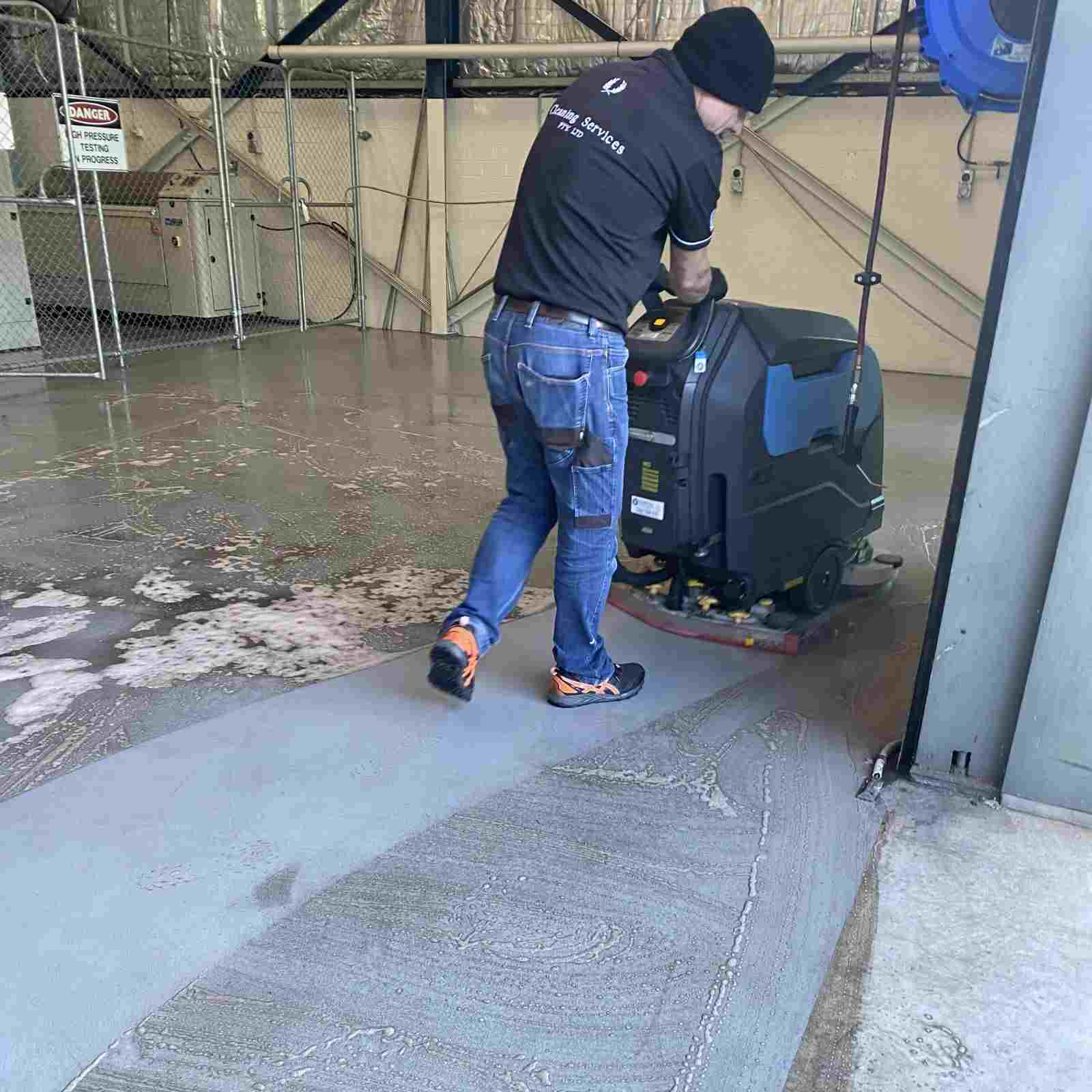
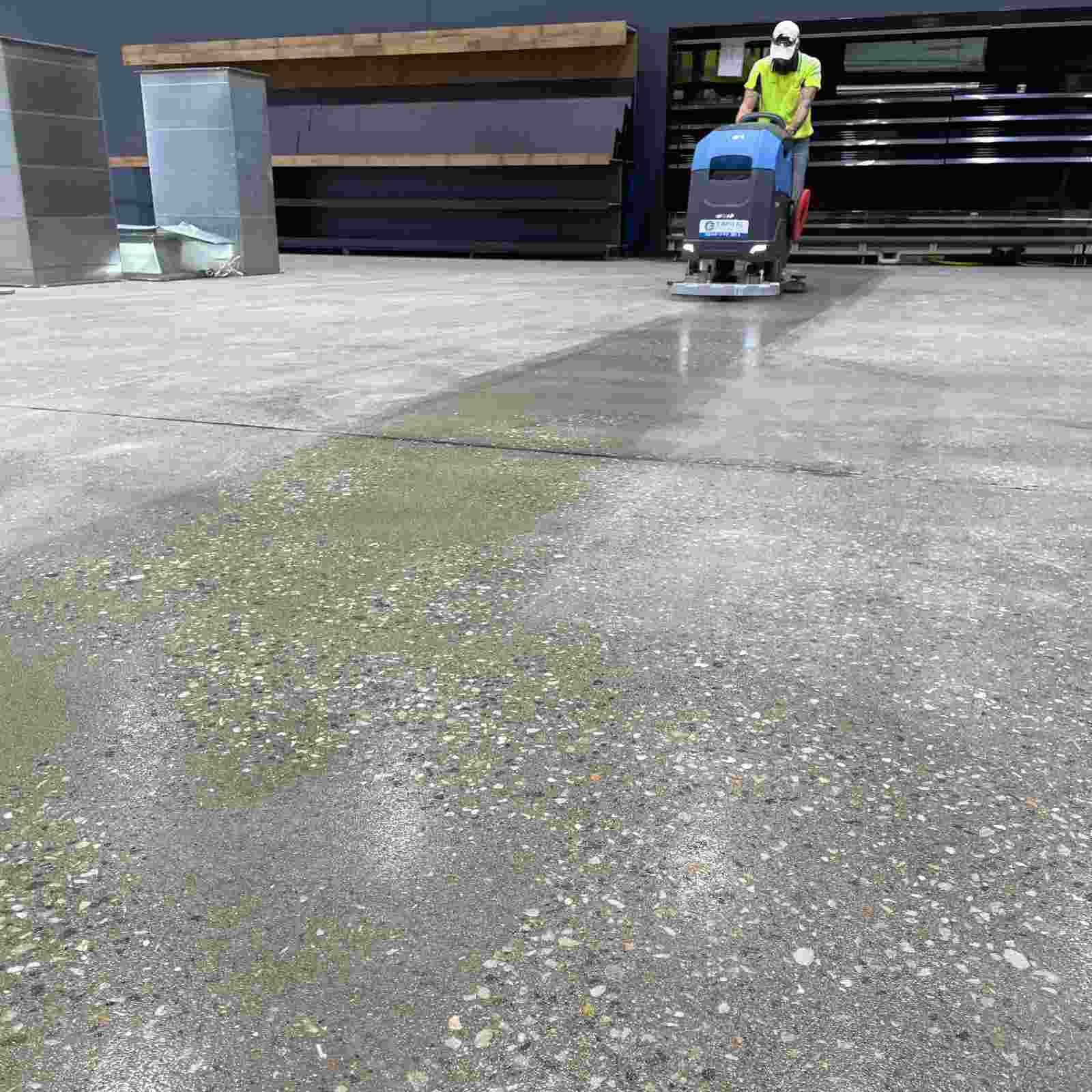
3. Agitation
Cleaning of any kind needs a certain level of aggression to help dishevel dirt, grease and other impurities from a surface. The heavier the scrubbing pressure, the better the cleaning result.
It is highly recommended to use a commercial or industrial floor scrubber to achieve greater scrub pressure not possible through a traditional method like a mop. A floor scrubbing machine can have over 100kg of scrubbing pressure! Floor scrubbers also have a wide range of scrubbing attachments such as pads and brushes to better clean textured or smooth surfaces, a guide to this can be found here. The increased power in floor scrubbers mean they also have much faster RPM levels to increase the agitation effectiveness.
Before using a floor scrubbing machine, always check the cleaning best practices set out by your floor supplier to ensure excessive agitation does not damage or discolour the floors.
Here is an example of the DPW-4000 Surface Cleaner using rotating brush agitation to remove dirt from a concrete floor.
4. Time
The more time spent cleaning an area, the better the results.
The cleaning chemical and scrubbing agitation need time to effectively react with the impurities on the floor to dishevel the waste. We always recommend leaving the water cleaning solution on the floor for at least 10 minutes to allow enough dwell/reaction time. Once rested, scrubbing the area a second time (before the solution dries on the floor, it is important to avoid this) will increase the results through the double-scrubbing process. Another tip, if using a floor scrubber, is to walk slowly across the floor to give the scrub brush or pad more contact time with the surface.5. Chemical
Cleaning chemical can be either acidic (e.g vinegar, lemon juice or hydrochloric acid) or alkaline (e.g bleach or baking soda) and react differently with different types of soilings. Typically, an acidic cleaning agent should be used to clean an alkaline soiling and an alkaline cleaning agent should be used to clean an acidic soiling. This is due to the pH scale. Ensuring the right cleaning agent is selected for the dirt type will ensure a highly effective result.
The dosage levels (dilution rate) is another important consideration when using cleaning chemical, the more chemical doesn’t necessarily mean a better clean! Too much chemical can cause excessive foaming that can damage the vacuum motor, fill the recovery tank prematurely and block the solenoids. It can also leave sticky residue on the floor and markings. We sell a highly effective low-foam alkaline degreaser ScrubClean for industrial and commercial applications. Always read the instructions before using them to check the dosage requirements.
What if I want to use a neutral chemical or just water?
That’s ok! All that means is you will need to compensate the cleaning chemical with more aggression and cleaning time. As we mentioned before, the Sinners Circle elements are all co-dependent.
6. How should these factors work together?
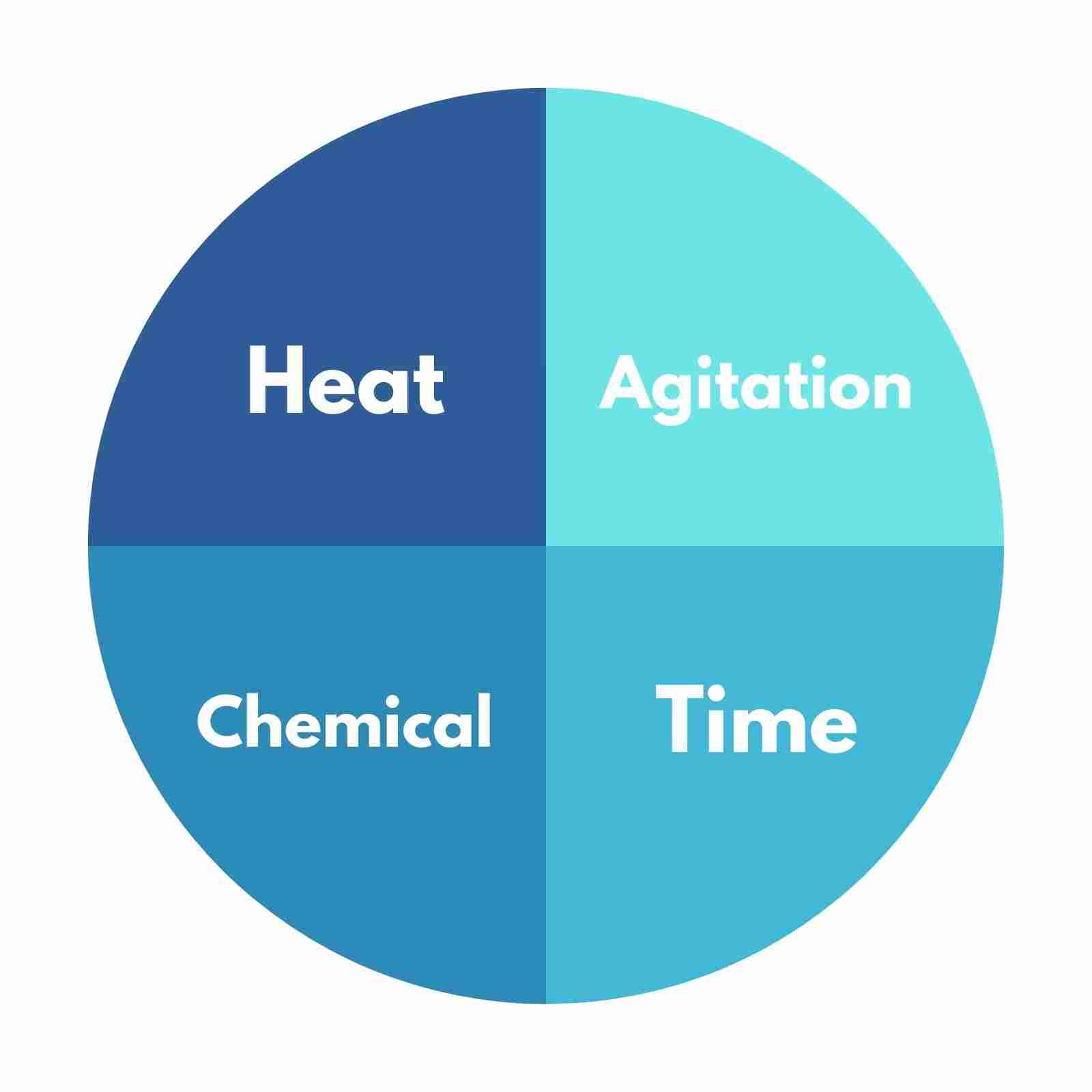
Every cleaning application is unique and therefore cleaners need to adapt the Sinners Circle according to the application. To help determine this, consider the following:
What is the floor material type? Is it smooth or textured?
How much debris and soiling are embedded in the floor? How long has it been there?
What type of soiling are you trying to clean? Is it oil, grease, dirt, food etc?
How much time do you have to clean the area? Will it be a frequent occurrence or a one-off clean?
What kind of cleaning tools and chemicals do you have available to use? What is the intensity of this equipment and cleaning solution?
Once you have an understanding of your area type and your access to certain resources, the Sinners Circle can be adapted for the application. Some examples of how the Sinners Circle can be adapted is below:
Cleaning with a hand-held mop to agitate the floors → Cleaning time and water temperature has to increase.
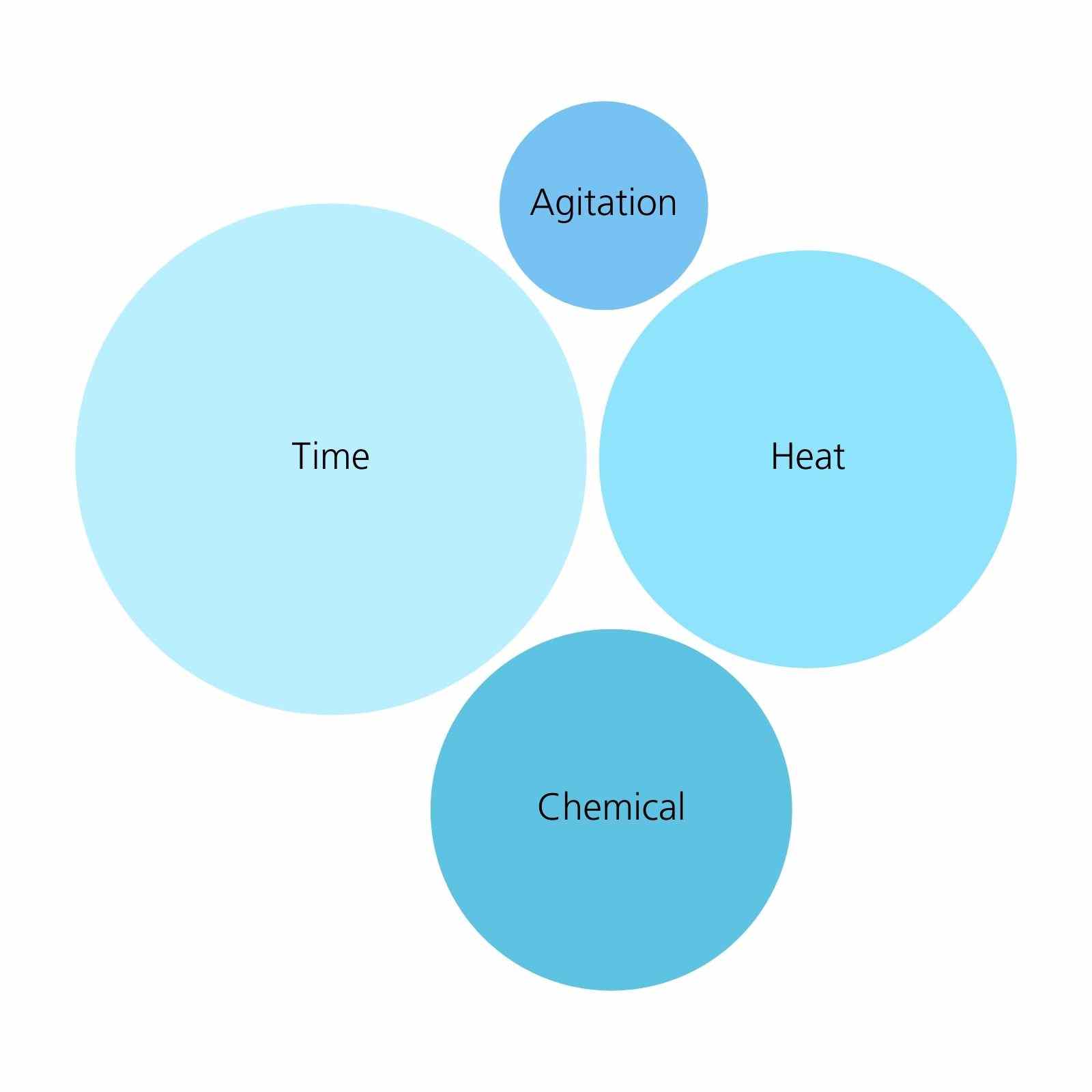
Cleaning with cold water → Agitation and cleaning time has to increase.
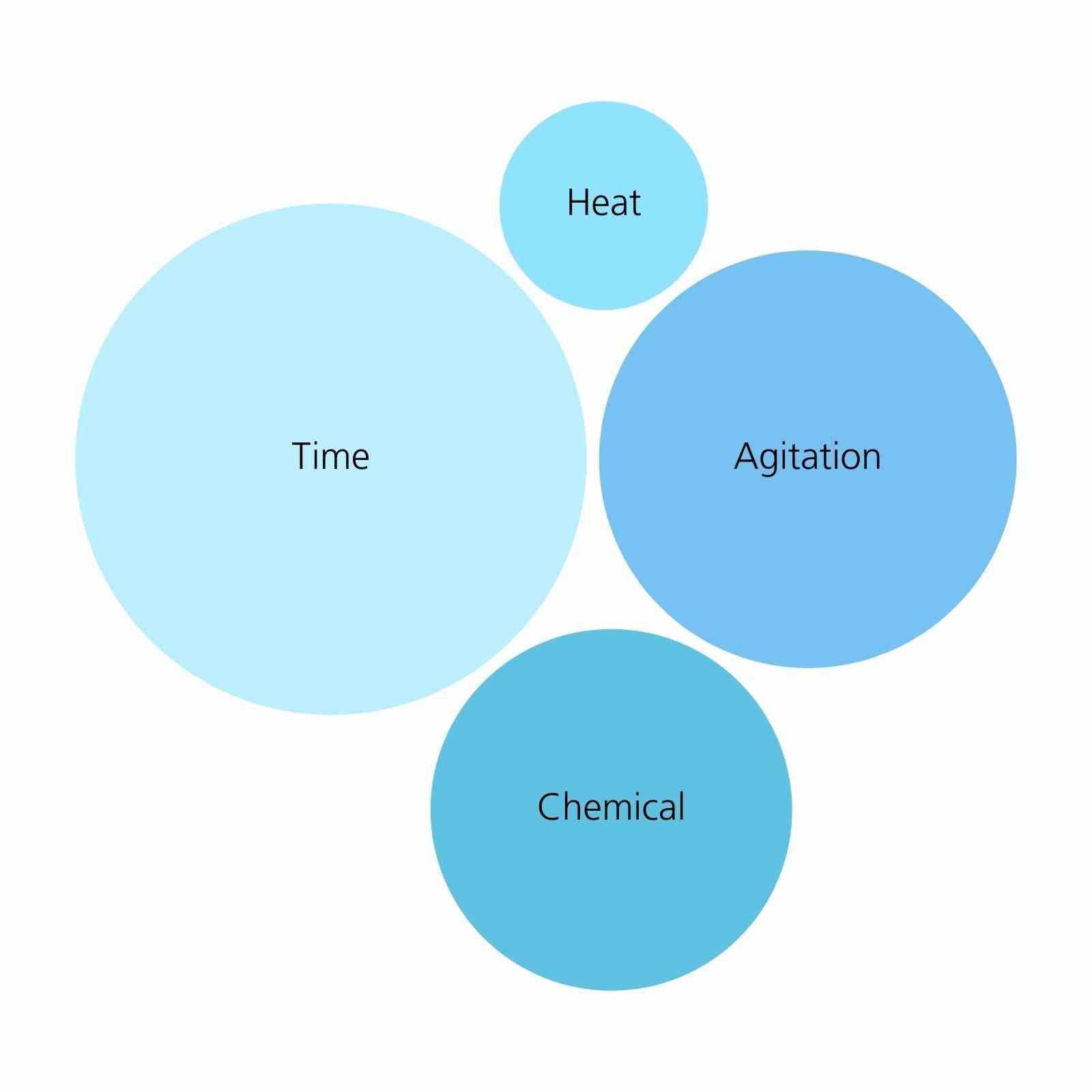
Cleaning in only a short amount of time → Agitation and water temperature has to increase.

Cleaning a soiled floor with an efficient cleaning chemical solution → Cleaning time has to increase and agitation can decrease (if the floors are soaked long enough!)
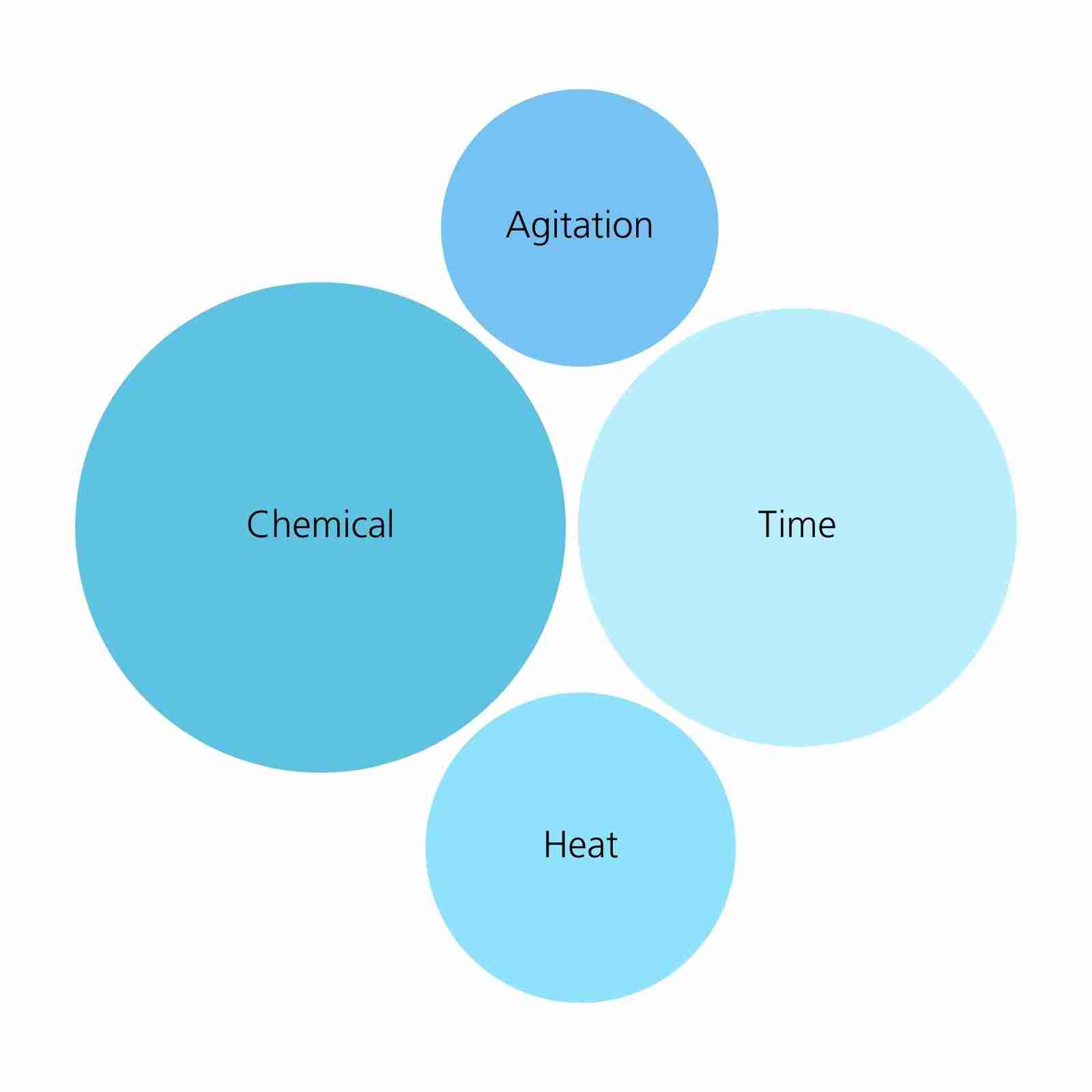
You can see the condition of one factor impacts the rest. Before undertaking any cleaning job, always consider these factors and the resources you have to increase the effectiveness of the Sinners Circle. If one factor lacks, another factor needs to increase to achieve the balance necessary.
7. Hire a floor scrubber - increase agitation and decrease time
One fantastic option available to cleaners who may be facing a very dirty job with not much time is to rent a floor scrubber for the duration of a cleaning project. The benefit of this is having access to the right equipment at the time they need it without spending excessive funds on capital investment. Combined with the right cleaning chemical and heat, cleaners should be able to achieve outstanding results for their clients! The Sinners Circle is satisfied!
Conclusion
Any domestic, commercial or industrial cleaning project needs to consider the impact of the Sinners Circle on the success of the job. The factors of heat, time, chemical and agitation are all codependent and need to be adjusted based on the cleaning job at hand and the resources available to the cleaner. Considering renting a floor cleaning machine will help gain better agitation necessary for heavy-duty jobs and will help save time for large surface areas. The more time perfecting your cleaning process, the better the results will be!
Need some further help? Please get in touch!